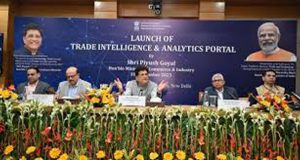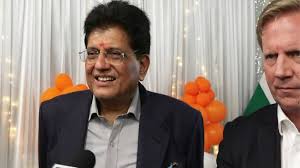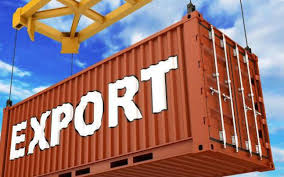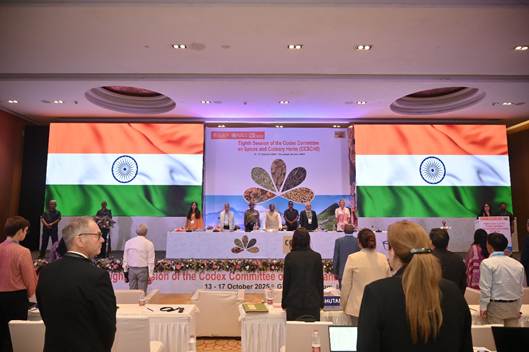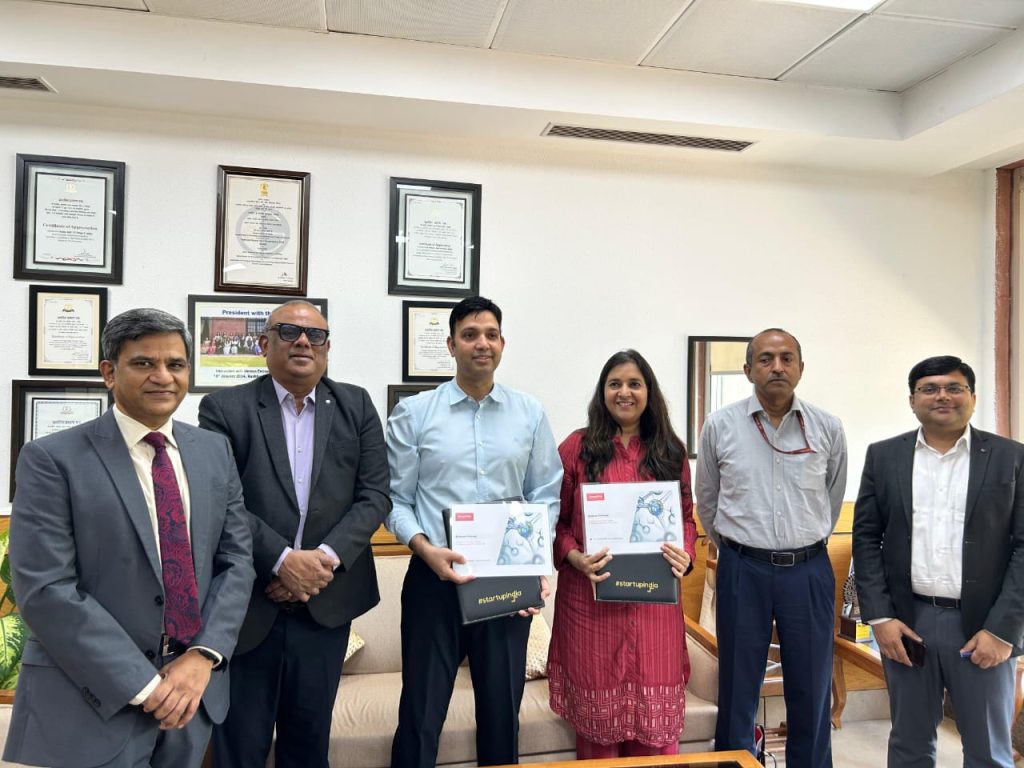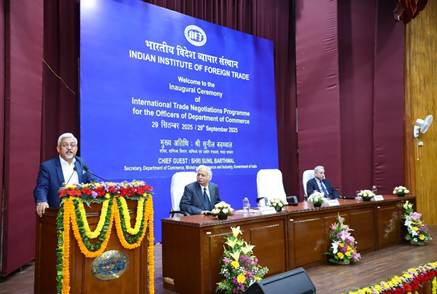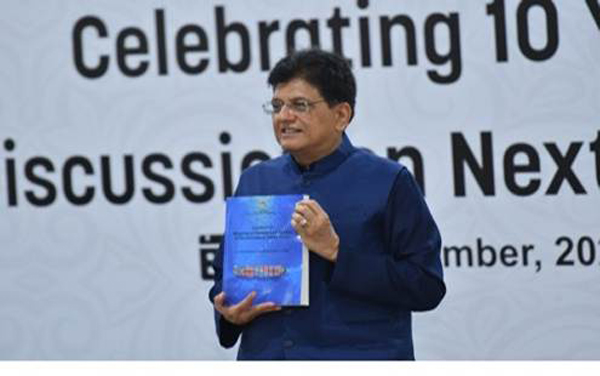The U.S. The administration had announced the initiation of an investigation under section 301 of the U.S. Trade Act, 1974 against the taxation on digital services adopted or under consideration by countries, including the Equalisation Levy applied by India. Other counties under investigation include Italy, Turkey, and United Kingdom.
With respect to India, the focus of the investigation was on the 2% Equalisation Levy (EL) levied by India on e-commerce supply of services. The U.S. investigation included whether the EL discriminated against the U.S. companies, was applied retrospectively, and diverged from U.S or international tax norms due to its applicability on entities not resident in India.
In this regard, the U.S. requested for consultations, and India submitted its comments to the USTR on 15 July 2020, participated in the bilateral consultation held on 5 Nov 2020, emphasizing that the EL is not discriminatory; but on the contrary seeks to ensure a level-playing field with respect to e-commerce activities undertaken by entities resident in India, and those that are not resident in India, or do not have a permanent establishment in India. It was also clarified that the EL was applied only prospectively, and has no extra-territorial application, since it is based on sales occurring in the territory of India through digital means.
India based e-commerce operators are already subject to taxes in India for revenue generated from Indian market. However, in the absence of the EL, non-resident e-commerce operators (not having any Permanent Establishment in India but significant economic presence) are not required to pay taxes in respect of the consideration received in the e-commerce supply or services made in the Indian market. The EL levied at 2% is applicable on non-¬resident e-commerce operator, not having a permanent establishment in India. The threshold for this levy is Rs. 2 crores, which is very moderate and applies equally to all e-commerce operators across the globe having business in India. The levy does not discriminate against any U.S. companies, as it applies equally to all non-resident e-commerce operators, irrespective of their country of residence.
There is no retrospective element as the levy was enacted before the 1st day of April, 2020 which is the effective date of the levy. It does not have extra territorial application as it applies only on the revenue generated from India. In addition, EL was one of the methods suggested by 2015 OECD/G20 Report on Action 1 of BEPS Project which was aimed at tackling the taxation challenges arising out of digitization of the economy.
The purpose of the Equalization Levy is to ensure fair competition, reasonableness and exercise the ability of governments to tax businesses that have a close nexus with the Indian market through their digital operations.
It is a recognition of the principle that in a digital world, a seller can engage in business transactions without any physical presence, and governments have a legitimate right to tax such transactions.
The office of USTR on 6th Jan 2021 released its findings on the section 301 investigation into India’s digital Services tax (DST) and concluded that India’s DST -the equalisation levy – is discriminatory and restricts US commerce. Similar determinations were also made against Italy and Turkey on 6th Jan, 2021, itself.
The Government of India will examine the determination / decision notified by the U.S. in this regard, and would take appropriate action keeping in view the overall interest of the nation.
 Indian Industry Plus A Pratisrutiplus Suppliment
Indian Industry Plus A Pratisrutiplus Suppliment







